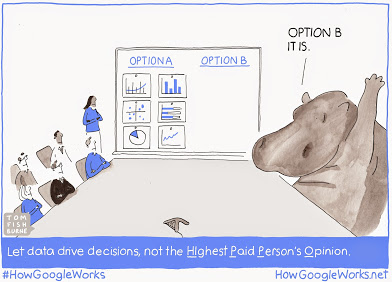Anchors are notoriously hard to budge in well bedded areas. I remember as a kid on the front of the dingy, trying to haul the anchor after we had caught our fill for the day. Up until age 10 or 11 all I got was red, raw hands, and a lot of huffing and puffing rather than the satisfaction of doing my part.
Not much changed for the initial part of my safety career as I huffed and puffed trying to get individuals and groups to up their standards. Little did I appreciate how wedged individual and group expectations are in the past and typically adverse to additional effort.
Like most other areas of life we have heuristics (rules of thumb) and norms which we tend to stick to. And why wouldn’t we? They work, and up until this point in time typically if they have stayed with us they have made up some part of our success. Hence the reason why we are hesitant to change
I’m a fan of Rassmusan’s Drift into Failure model and it gets a back rap when individuals look at it and one of the principles is that individuals and teams will minimise energy spent. 
It’s rare (but not inconceivable) when we are looking to improve safety outcomes that the existing energy spent on the current activities will be the same or less if we want better outcomes and alternate our method. I’m a massive fan of zero budgeting and replacing like for different at zero additional resources yet this isn’t always achievable.
The other bias working against us is that there is very little risk in maintaining the status quo, especially in a group setting. As Simon Sinek outlined in the Dancing Man video, the most important thing you need for change is the first follower.
So a few tips to adjust someone or a groups tightly held anchor on an issue:
- Influence the HPPO in the room (highest paid person opinion), they will typically carry a great deal of weight and have the largest allocation of resources which could be diverted to implementing the change

- Suspend their belief (or disbelief) through awe and wonder. If you can create a positive atmosphere and frame the change as fulfilling a greater purpose, give them autonomy and show how this is a challenge you stand a good chance of getting past the tipping point
- Find an influential first follower and run a covert pilot. No one likes implementing something with no runs on the board but often you can find individuals willing to go out on a limb. Especially if they share your vision.
There is no better feeling of watching the figurative penny drop and the aha moment arrive. Once you have enabled an individual or group to have this moment then all future attempts at changing perspectives require less energy due to the trust attributed to you and the process of self-discovery. Another reason to start small (incremental) and scale up (exponential). 